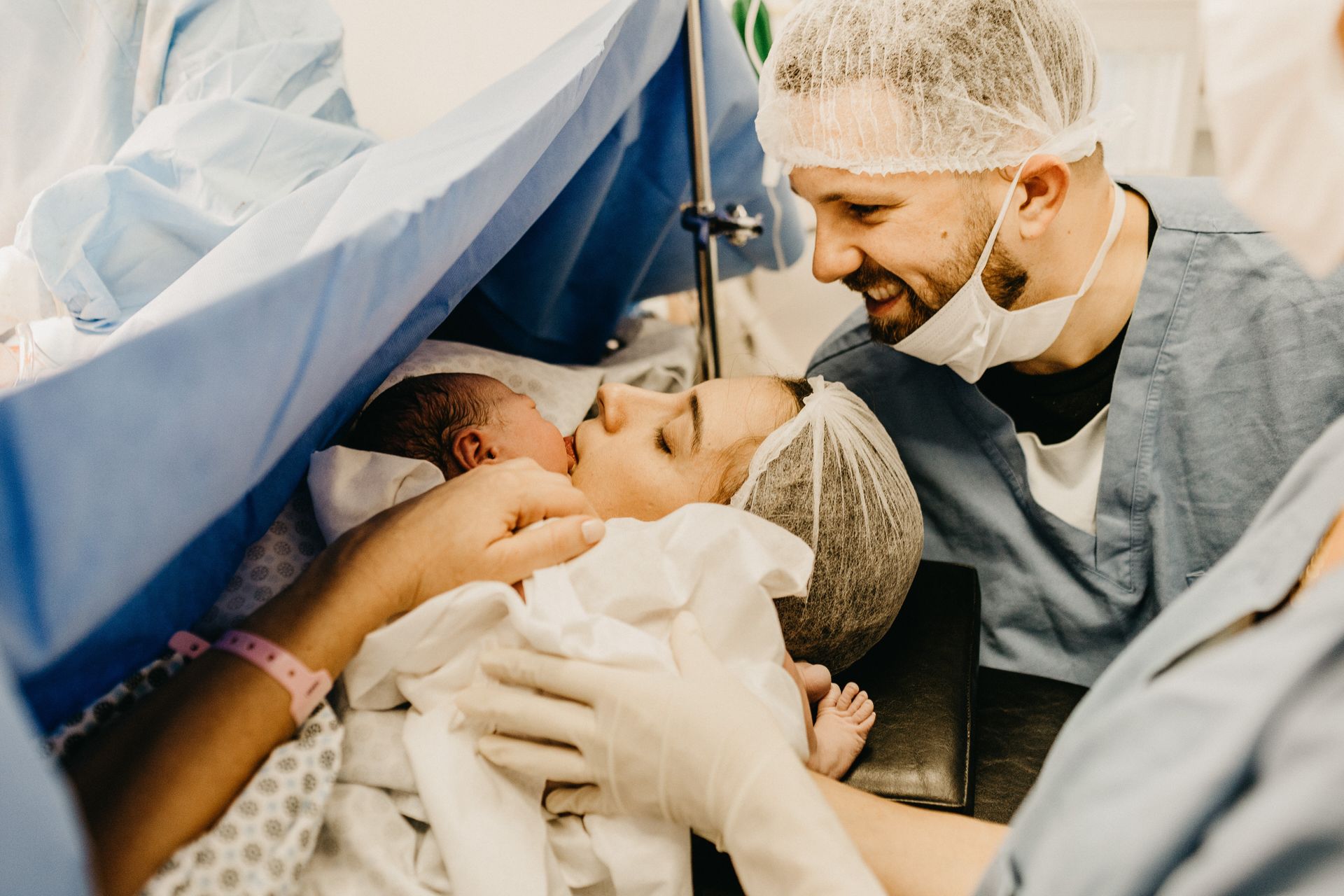Expecting
2 min Read
What unexpected things can happen during labour and delivery?

April 15, 2024
Expecting
2 min Read

April 15, 2024

Despite having a birth plan, labour and delivery can be unpredictable, and unexpected things can happen despite all of your careful planning. Some potential unexpected labour and delivery occurrences include:
Labour dystocia: Labour dystocia occurs when labour stalls or progresses slowly, making it difficult for the baby to move through the birth canal. This can result in prolonged labour and may necessitate interventions such as assisted vaginal delivery or Cesarean section.
Fetal distress: Fetal distress refers to signs that the baby is not receiving enough oxygen during labour. This can occur due to umbilical cord compression, placental abruption or prolonged labour. Fetal distress may require emergency interventions, such as changing positions or an emergency Cesarean section.
Shoulder dystocia: Shoulder dystocia occurs when the baby’s shoulders become stuck behind the mother’s pubic bone during delivery. This can be a medical emergency that requires immediate intervention to prevent injury to the baby and mother.
Perineal tears: Perineal tears are common during vaginal delivery, especially for first-time mothers. While some tears are minor and may heal on their own, others may require stitches or more extensive repair.
Postpartum hemorrhage: Postpartum hemorrhage (excessive bleeding after childbirth) can occur due to factors such as uterine atony (failure of the uterus to contract), retained placental tissue or lacerations. Immediate intervention is necessary to control bleeding and prevent complications.
Infection: Infections, such as endometritis (infection of the uterine lining) or wound infections, can occur following childbirth, particularly after Cesarean section or prolonged labour.
Preeclampsia or eclampsia: Preeclampsia is a pregnancy complication characterized by high blood pressure and signs of damage to other organ systems. Eclampsia involves seizures in addition to preeclampsia symptoms. These conditions can pose serious risks to both the mother and baby and may require urgent medical treatment.
Unplanned Cesarean section: Despite planning for a vaginal delivery, some women may require an unplanned Cesarean section.